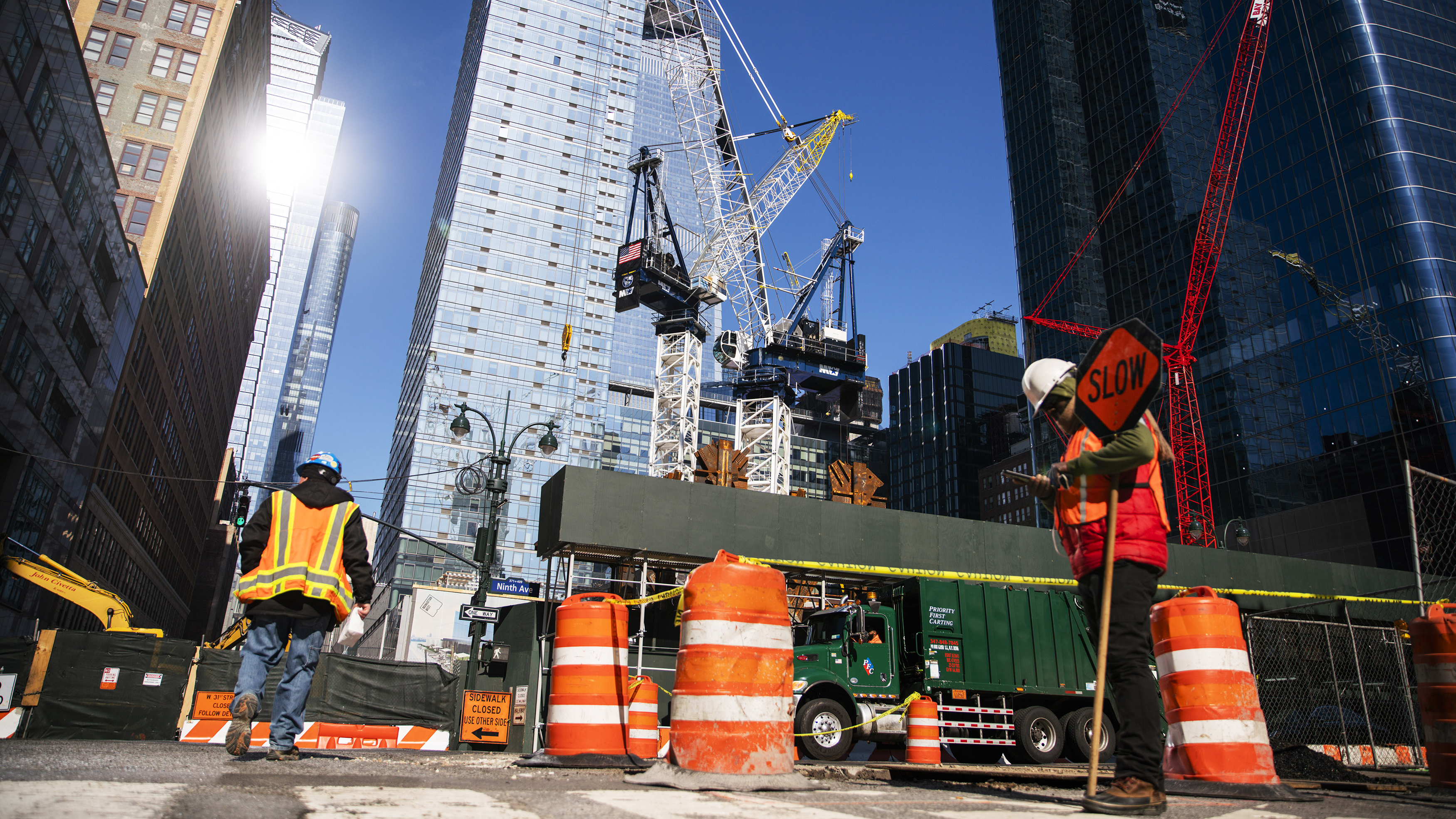
Construction spending increased more than expected in October, mostly thanks to housing
Construction spending increased more than expected in October, mostly thanks to housing

Construction spending went up in October, according to the Commerce Department. While the increase was only 0.4%, that’s twice as much as economists were expecting.
Private and residential construction accounted for all of that growth; public and commercial construction spending actually dipped in October.
There’s a short-term answer and a long-term answer for as to why that is. The long-term answer: supply and demand. We’ve still got a lot of remote workers, per Anirban Basu, chief economist with the trade group Associated Builders and Contractors.
“In many downtowns across the United States of America, the office vacancy rate is above 30% that frustrates construction of new space,” he said.
Plus, we’ve still got a housing shortage, meaning there’s a high demand for houses and low demand for office buildings.
Then, there’s the short-term answer: violent weather. Hurricanes Helene and Milton destroyed billions of dollars of infrastructure. Bridges and offices take longer to rebuild than homes do, Basu said.
Here’s why: “There’s process. There’s more red tape,” he said. “There’s government bidding regarding who is going to actually deliver the construction services to rebuild a bridge or a road or a water system that’s been damaged by a hurricane or tropical storm.”
The contractors Basu has spoken with expect a very busy 2025. Meanwhile, chief economist Ken Simonson with the Associated General Contractors of America said the industry is keeping an eye on the Federal Reserve.
“if interest rates will settle down a little more, we’ll see quite an upturn in single family construction,” he said.
Public construction could soon pick up, Simonson added, because the Biden administration has been approving infrastructure projects during its final year. “The highway projects, the rail projects, particularly, I think, major water and drinking water upgrades.”
There’s a lot of uncertainty going forward, however, Simonson noted. There’s no way to know how tariffs might affect the cost of building materials or how deportations under a second Trump term will affect the construction labor force.
There’s a lot happening in the world. Through it all, Marketplace is here for you.
You rely on Marketplace to break down the world’s events and tell you how it affects you in a fact-based, approachable way. We rely on your financial support to keep making that possible.
Your donation today powers the independent journalism that you rely on. For just $5/month, you can help sustain Marketplace so we can keep reporting on the things that matter to you.













